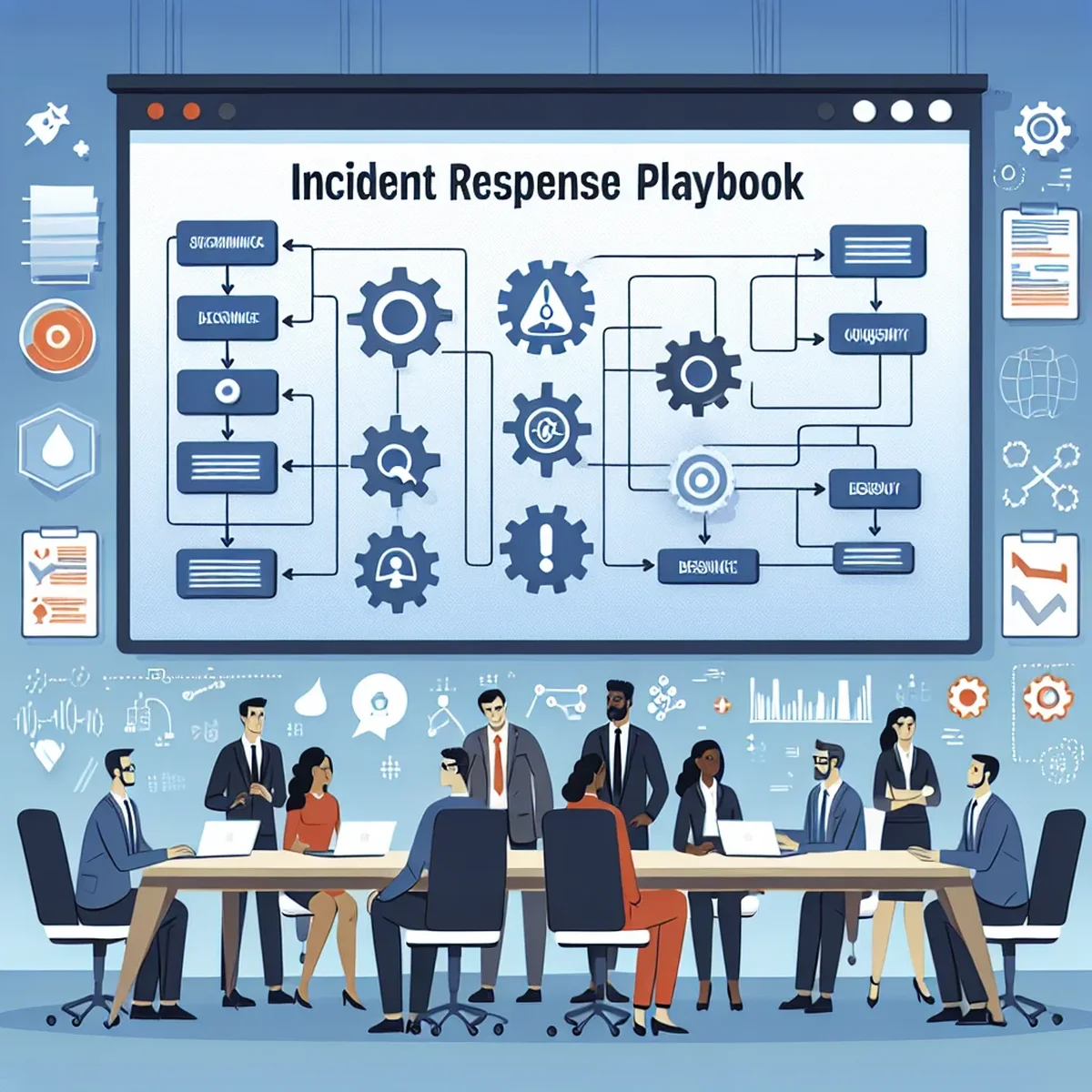Crafting Effective Incident Response Playbooks for WordPress Sites

Incident response playbooks are vital tools in the arsenal of any website owner, especially those running WordPress, one of the most popular and frequently targeted content management systems. These playbooks provide a structured approach to handling security incidents, ensuring that both minor issues and major breaches are managed swiftly and effectively.
Understanding the Role of Incident Response Playbooks
An incident response playbook serves as a roadmap for your team during a crisis. It outlines who does what, when, and how, providing clear instructions and protocols to follow in the event of various types of incidents. This could range from data breaches to service outages, ensuring that your team can respond with confidence and precision.
Key Components of a WordPress Incident Response Playbook
A comprehensive playbook should address the following: - Identification: How to detect and identify an incident. - Containment: Steps to limit the spread and impact of the incident. - Eradication: Methods to remove the threat from the system. - Recovery: Guidelines for restoring and verifying system functionality. - Lessons Learned: Review and documentation of the incident and response to improve future playbooks.
Step-by-Step Guide to Developing Your Playbook
1. Assess Your Current Security Posture
Start by conducting a thorough review of your current security measures and vulnerabilities. Understanding where your WordPress site stands in terms of security will help tailor your playbook to address specific weak points.
2. Define Clear Roles and Responsibilities
It’s crucial that each team member knows their specific role during an incident. Define these roles clearly in the playbook to avoid confusion and overlap during a live response.
3. Develop Response Strategies for Common Scenarios
Identify the most likely security incidents that could affect your WordPress site, such as SQL injections, unauthorized access, or DDoS attacks. Develop specific strategies for these scenarios to ensure a prepared response.
4. Implement Regular Training and Drills
Regular training sessions and simulated incidents (drills) are essential to ensure everyone is comfortable with their roles and the steps they need to take. This preparation can make a significant difference in the actual event of an incident.
5. Continuously Review and Update the Playbook
As technologies and threats evolve, so should your incident response playbook. Regular reviews and updates will keep your responses sharp and effective.
Leveraging Tools and Plugins for Enhanced Security
Consider integrating security plugins and tools that can automate parts of the response process. For example, plugins that automatically backup your data, or those that can detect and alert you about potential security breaches, can be invaluable in your incident response strategy.
Conclusion
An incident response playbook is not just a set of instructions; it's a crucial part of your WordPress site's security strategy. By preparing in advance, you can ensure that your team is ready to handle any security incident effectively, minimizing damage and restoring operations quickly. Remember, the goal of your playbook should always be to make the response to any incident as seamless and painless as possible.
FAQ
- What is an incident response playbook?
- An incident response playbook is a predefined set of guidelines and steps to be followed during a security incident to ensure quick and effective resolution.
- Why is an incident response playbook important for WordPress sites?
- For WordPress sites, having an incident response playbook is crucial because it prepares teams to act swiftly and efficiently to security threats, minimizing potential damage and downtime.
- How often should I update my WordPress incident response playbook?
- Regular updates, ideally every six months or after any significant change to your environment or security landscape, are recommended to keep the playbook effective and relevant.